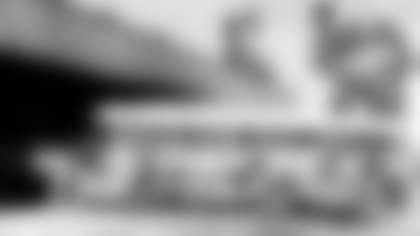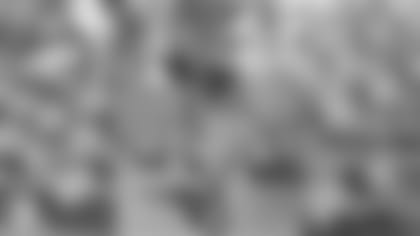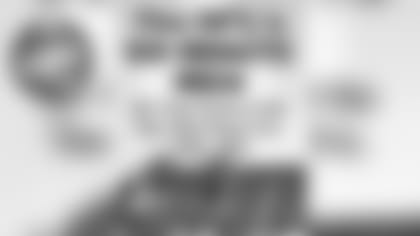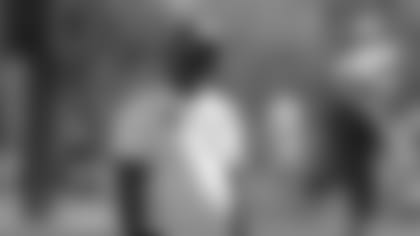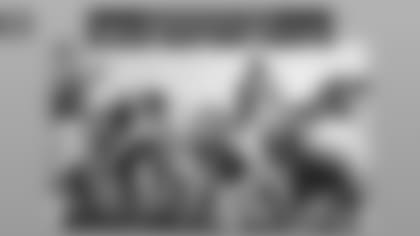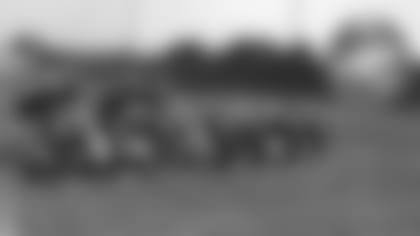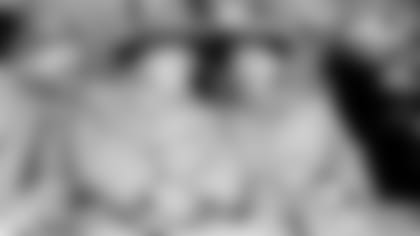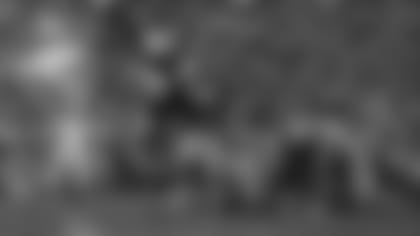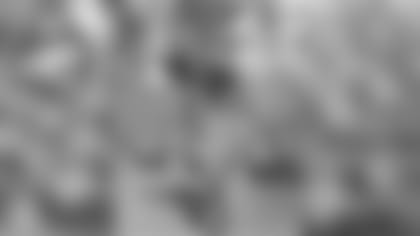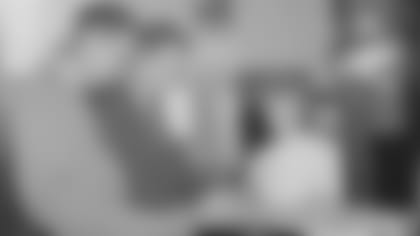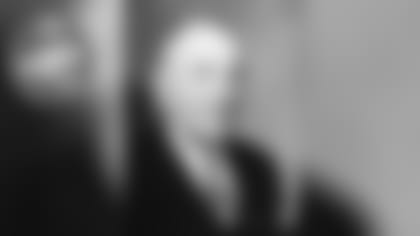At 10 a.m. on July 27, 1952, roughly 50 players, as well as coaches, boarded two buses at the Greyhound Bus Depot in downtown Green Bay and departed for Grand Rapids, Minn. They arrived at 10 p.m. on a Sunday night, completing the more than 400-mile trip in 12 hours.
Over the next three weeks, the Packers stayed in dorm rooms with bunk beds and practiced at the Minnesota Agricultural Experiment Station.
The team held its training camp at Grand Rapids, or what linebacker Deral Teteak once described as "the end of the world," from 1951-53. Located more than 80 miles northwest of Duluth in the heart of the Mesabi Iron Range, the players not only felt isolated from civilization, but also stranded from everyday life.
They were without cars and the school was located two miles from downtown Grand Rapids. Their only way of getting to town for a beer at night was to talk someone into letting them borrow a school bus and allow one of the players to drive.
"They had goats and sheep grazing on the field at night and we'd practice on it during the day," said Dave Hanner, a rookie defensive tackle from the University of Arkansas.
Players also had to do their own laundry during two-a-days. "We'd wrap our jocks and socks on the goal posts out in the sun at noon time, so we'd have dry stuff to practice in the afternoon," Hanner added.
The practice field was a former pasture that local citizens had graded and sodded to lure a team there. But that was it: One regulation field with a cemetery across the street. Other fields belonged to the school's prized herd of Guernsey.
Dick Logan, an Ohio State lineman, was Hanner's roommate.
"At Ohio State, we didn't chew tobacco," said Logan. "In Arkansas that was all they did. I remember he had a spittoon in our room and from across the room, he'd hit it."
Bugs were another problem.
"The mosquitoes were big as birds," remembered Babe Parilli, a rookie quarterback in 1952.
And then there was the poison ivy.
"A bunch of them went off in the woods instead of the dormitory (to empty their bladders) and one of them got poison ivy," said halfback Billy Grimes. "It was the call of nature at practice. I think it was three or four of them. They learned their lesson real well."
Another of Logan's fellow linemen was veteran Forrest "Chubby" Grigg, who had been obtained from Cleveland in a spring trade. Grigg was on the market because his weight had ballooned from 275 to 340 pounds. Head coach Gene Ronzani set up a fat man's table within a day or so after camp started and Grigg was one of a handful of players assigned to it.
"He was put on the fat man's table because he was so overweight," explained Logan. "After practice, there was a root beer stand about four blocks away, and he'd go down there and eat two, three dozen hot dogs. Then, he'd come back and they'd put him at the fat man's table, which really didn't matter to him. He was full tilt. He was just a big, old, 300-pound nice guy."
The Philadelphia Eagles had trained in Grand Rapids in 1949 and '50, and went on to win the NFL championship the first year. But some believed Ronzani picked the location for its fishing, especially Muskie on the nearby Prairie River.
"The funniest thing was we were about halfway through practice one day – that was when Ronzani was the coach – he was gone. 'Where the hell did he go?'" said Teteak. "All of a sudden he comes by in a car, gets out of the car and says, 'Have a good day. I'm going fishing.' And he left and went fishing."
As for other attractions or redeeming qualities? "They had a good kitchen and dining hall and a couple wonderful women who prepared all the meals," said Ken Hickman, longtime sportswriter at the Grand Rapids Herald-Review.
During their stay, the Packers also bused to Duluth and Grand Forks, N.D., for intra-squad games. The coaches divided the team into two squads: One was called the Packers and the other the Eskimos, the name of Duluth's NFL traveling team in 1926-27.
The game in Duluth was played Aug. 8, called the Fish Bowl and drew approximately 8,000 fans as the Eskimos won 34-7. The game in Grand Forks was played Aug. 11, called the Potato Bowl and drew roughly 4,000. The Eskimos won 28-7.
The Packers broke camp on Aug. 14 and headed to Milwaukee for their exhibition opener against the New York Giants two days later. From there, they returned to Green Bay more than a month before the season opener and played other exhibitions in places like Latrobe, Pa., and Kansas City and Minneapolis, which were neutral sites at the time.



